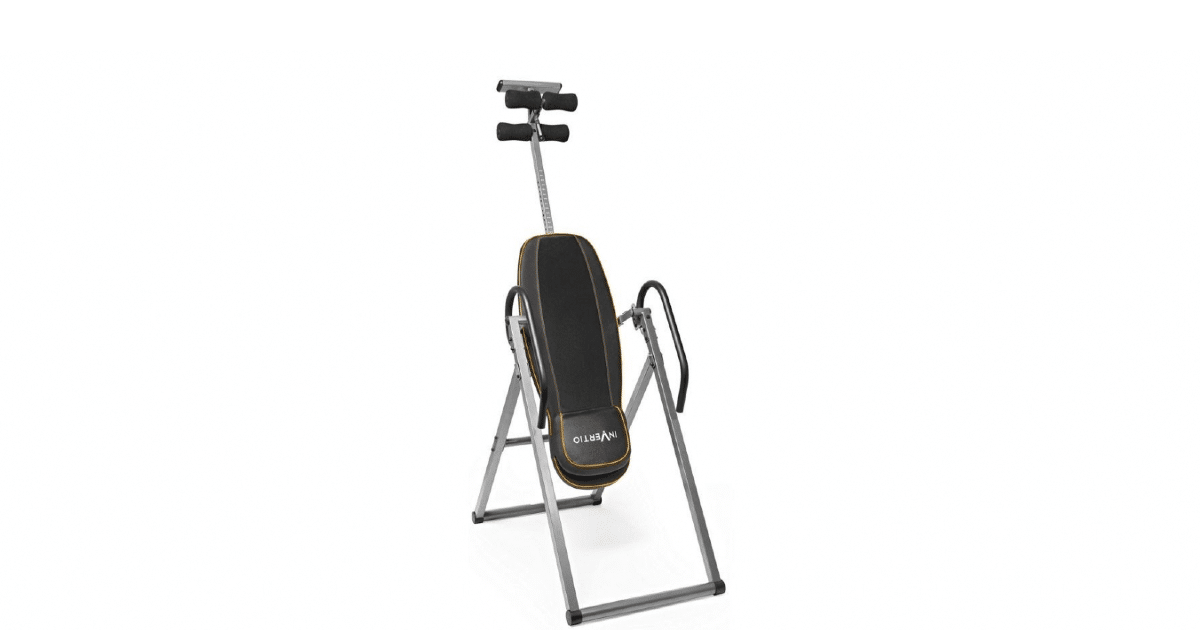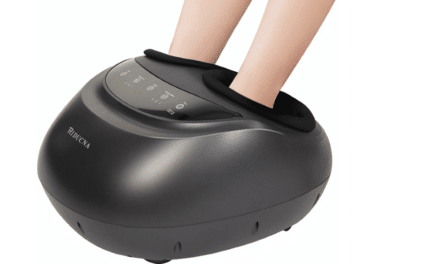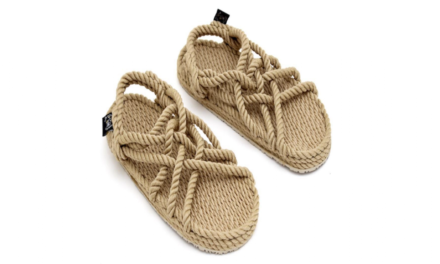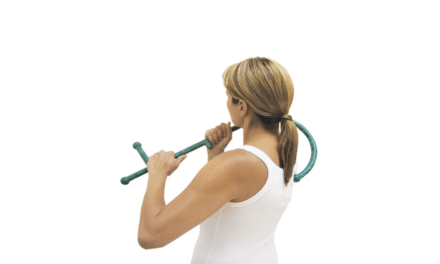The inversion table back stretcher is a device focusing on stretching the back. The device has you hang upside down and stretch out the spin using the force of gravity. In theory, the device takes gravitational pressure off the nerve roots and disks in your spine and increases the space between vertebrae to stretch the spine. The goal is that stretching the spine will reduce tightness and pain in the body. I found that it reduces back pain and makes me feel loser in the joints. Personally, the device allows for the most optimal backstretch I have experienced in my life. However, before discussing this device, it is risky for people with high blood pressure, glaucoma, and heart disease. If you have any of these conditions or anything else that would prove risky, you should avoid using the device. I would recommend only using this device for one to two minutes because being upside down for extended periods can be terrible for the body.
Healthline’s article “What are the Risks and Benefits of Inversion Therapy,” discusses some benefits of using the device. The three main benefits I want to discuss are increased reduced back pain, improved spinal health, and increased flexibility. One study found that people with chronic low back pain who used inversion therapy at sixty degrees had reduced back pain after eight weeks. The device also enhanced torso flexibility and strength. For me, I found that back pain reduced significantly in coordination with other treatments for the back (including other stretches, rolling out, and vibration). The goal of inversion therapy is to take the pressure off of spinal discs; however, current studies found inversion therapy ineffective especially in the long run. Many people find their spinal health improves especially when other treatments work with inversion therapy. The reduced inflammation and flexibility I feel in my back following the device make me believe that this device is somewhat effective. The device has found to increase flexibility in the spine making it easier to move around and stretch on your own.
While I have found this device effective for me, it is unsafe for people with certain conditions including the ones mentioned above. You should seek approval before purchasing this device since it may have negative consequences for some people. You should most likely avoid the device if you have bone and joint disorders (especially spinal injury), cardiovascular disorders, and infections (especially glaucoma). Some medications make you more prone to certain things like blood clots, which may not work well with this device. Also if you are obese, this device may prove difficult to utilize. As people age, the strength of bones and muscles tend to decrease so this is something you should be aware of before purchasing this device.
For people this device works well with, you should not spend more than three minutes using this device. When you begin, it is preferred that you start in shorter increments to get used to the process since people could contract dizziness or muscle strain if you are not used to the feeling. As always, you should not overdo it or reach a point of exhaustion and make sure someone is watching over you in case any difficulties arise. Keep in mind, that there are far more effective treatments that have studies proving their effectiveness, unlike the device. Different yoga poses and back stretches can stretch the same areas that the inversion table focuses on. While there is not that much evidence backing up its effectiveness, I would recommend purchasing it and integrating the device with rolling and stretching programs. It can serve as a short-term relief making your life easier and allowing you to get into deeper stretches to promote flexibility, reduce inflammation and pain. The image used in the post is a good device you can purchase found using this link.





